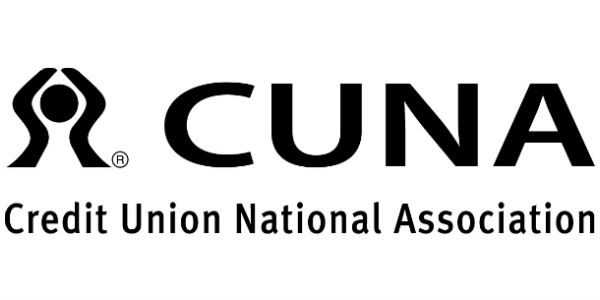CUNA’s advocacy altered RBC2, but concerns remain

NCUA recently unveiled it revised risk-based capital proposal (RBC2). While I’m pleased that NCUA included most of the substantial changes CUNA advocated for, we still believe that this proposal is a solution in search of a problem, particularly considering the costs that credit unions will have to bear in its implementation.
Let me be clear: CUNA remains unconvinced that this risk-based capital approach is necessary and have questioned the agency’s legal authority to implement some parts of the proposal. However, since it is clear that some form of the proposal will be adopted, we’re working with the agency to minimize as much as possible the impact on credit unions.
After the proposal was released, CUNA sent a letter to all members of Congress saying that while RBC2 includes considerable changes, there’s still work to be done. Additionally, we shared our legal opinion with our member credit unions. The good news is that the agency addressed many of the changes that CUNA had advocated for on behalf of the credit union system. CUNA’s legal opinions and comment letter, along with more than 2,000 comment letters of credit unions, lawmakers and shareholders, allowed us to champion improvements in the revised proposed risk-based capital rule with the agency, most notably in the changes to the initial 10.5% level required for well-capitalized credit unions and changes to the risk weights. The RBC requirement was lowered from 10.5% to 10% and most of the risk weights have been lowered to some degree, including in the areas of mortgage loans, member business loans, and long-term investments. Nearly 200 credit unions would have been classified as only adequately capitalized in the first RBC proposal. NCUA reports that with RBC2, those numbers will be cut to 19. CUNA is continuing to conduct its own analysis of the number of affected credit unions.
We’re also pleased that the asset size threshold for RBC coverage was raised from $50 million to $100 million, reducing the number of credit unions covered from 2,237 to 1,455; certain goodwill will be factored into RBC calculations until 2025; and credit unions will have nearly four years to comply – a dramatic change from the 18 months the original rule proposed. However, there are significant areas of concern, including:
· Cost of implementation and compliance;
· Requiring credit unions to have a capital adequacy plan that’s subject to an examiner’s judgment;
· Interest rate risk isn’t part of RBC2, but it may be dealt with in a future rulemaking or guidance, potentially later this year;
· Supplemental capital also is not included in RBC2 for most credit unions, but the agency is seeking comments on such authority;
· And likely more as we and our member credit unions comb through the proposal with a fine-tooth comb.
We’ll be working with the agency, mobilizing a response from credit unions and others over the 90-day comment period to help the agency improve this regulation even further to limit its impact on the credit union system as much as possible.





